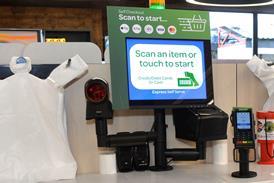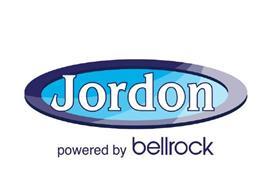Walk down any high street and you will start to see a new set of brands appearing in shop windows – Hotspot and Openzone. These logos signify that the retailer has equipped their store with the latest in wireless technology, enabling customers to link to the internet or network via their laptop or handheld PDA.
The computer equipment used to make this link is readily available in today’s market place. For the laptop you could add a wireless network card for around £30 to £50. The PDA may require a specialised card – your vendor will be able to assist. In either case the wireless facility can be built into the device. With laptops, look for the Centrino brand from Intel.
So, why wireless? Wireless technology will have many different applications – in short it allows two or more correctly configured devices to talk to each other without the need for any cables. There are several different standards and platforms available, and the platform used will depend on what you are trying to achieve. But there is no reason why you should not be asking your equipment vendors what they are doing with wireless technology. For example, your pos system could be linked to the back office using this technology.
Hotspot and Openzone are the trademarks of T-Mobile and BT respectively. BT now claims more than 2,000 Openzone sites in the UK. Sites offering the service include motorway service areas, railway stations, hotels, pubs, cafés and restaurants – the list is endless. The T-Mobile service is less widespread, and has so far signed up Starbucks and Starwood hotels. Across Europe and America installations are much more widespread. There are several other vendors selling WiFi services, including Square Mile, The Cloud, Ready to Surf, and Broadscape.
In Europe we seem to have adopted the model of the mobile phone and are levying charges for connections made at the access points. This ranges from £5 to £6 an hour but vouchers are available with longer time periods. Corporate deals are also being created.
There are several commercial differences between a mobile infrastructure and that of wireless, which may mean a different approach being taken in the longer term. Firstly, with wireless you need to stay in one place for the duration of the connection. Then you have the technical issues of whether users feel confident in being able to set up a wireless connection on their laptop or PDA. I doubt there will be a resident expert at the outlet.
Even though some systems and software will help you set up wireless, there may always be the need for some level of technical intervention. Starbucks and T Mobile issue a ‘How to Get Started’ leaflet, which is clear in its explanation but will still require the user to have a little technical knowledge.
These are some of the stumbling blocks to its full use in the UK. But I think the largest barrier will be the charges levied for its use. In the US some retailers are taking a more open approach and are offering free access depending on spend in store.
To get started you will need a Broadband connection, wireless router/access point, and software to drive the system. At a simple level you should be able to get up and running for around £1,000. Many providers offer a service called ‘in a box’ solutions. In other words, a DIY set-up kit. Other considerations include parking availability to allow customers to stay on site while surfing the net.
Wireless technology and specifically wireless internet connection is the here and now. But how it is used profitably is yet to be proven.























No comments yet